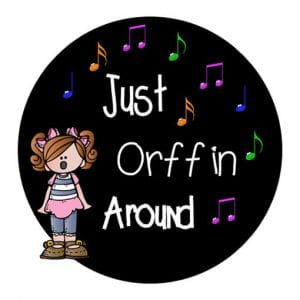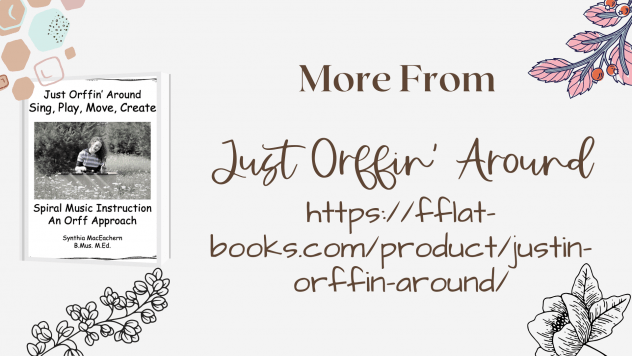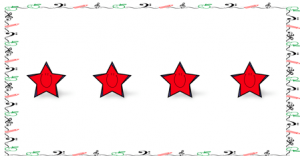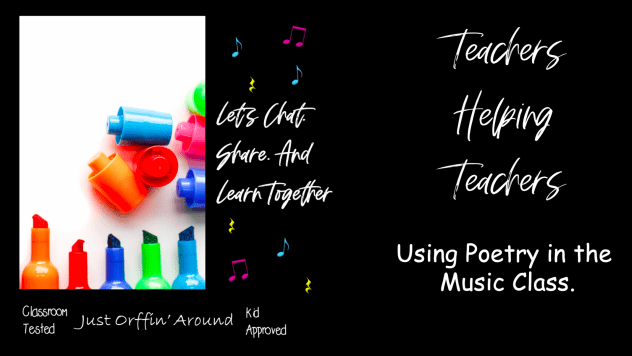
I LOVE starting new projects. I also LOVE connecting with fellow music teachers. I have a growing need to chat, share and learn together. SO….. I started a video series. Episode 1 focuses on Using Poetry in the Music Class.
I am an Orff specialist so, of course, the discussion is based within the music elements. Let’s take a peek.
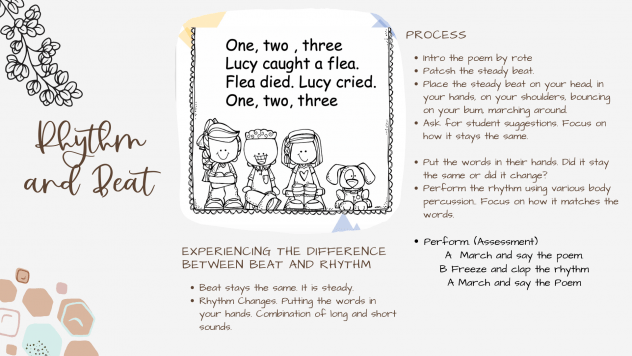
At the primary level, being able to distinguish between rhythm and beat is super important. I do use a simplified definition of the two to support my kiddos learning. We talk about how beat stays the same. If you put in your lap, or on your shoulders, or on your head, or in your feet, it should feel steady and unchanged. Rhythm puts the words in your hands. It is a combination of long and short sounds. It does not stay the same. We also explore no beat with aleatoric music experiences.
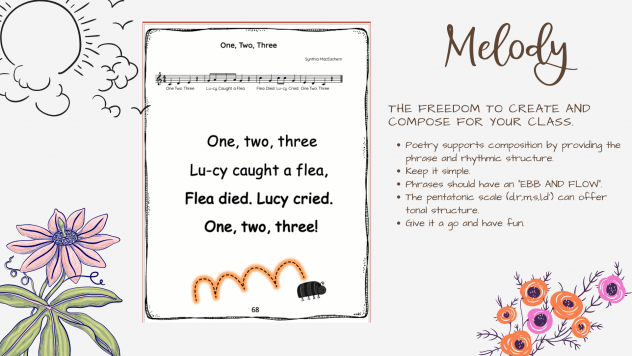
Do you create little melodies for your class? What a great way to model how simple and fulfilling it is to compose. Poems support composition by providing the phrase and rhythmic structure. Using a predetermined tonal set can help as well. You may want to use the pentatonic scale or maybe you want o use sol and mi or sol, mi, and lah. The possibilities are endless.
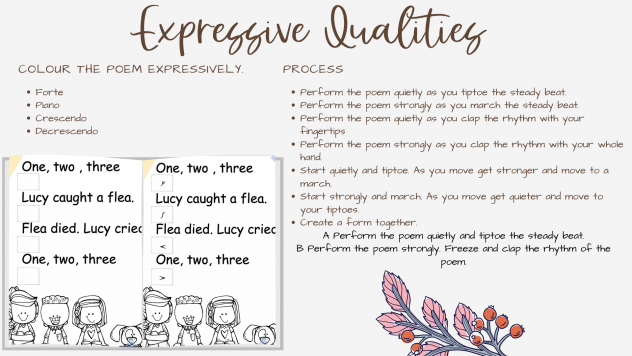
Arranging a poem using expressive qualities is a wonderful collaboration opportunity at the primary level. In a group of 4, each member chooses a dynamic for 1 phrase of the poem. Make sure you allow them to share their creations!!!!
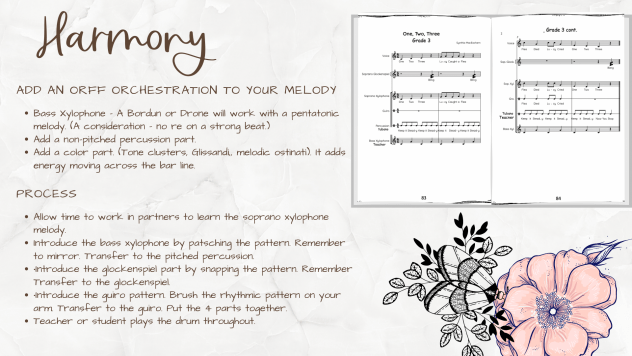
Let’s orchestrate your melody!!! You will need a BX part. It can be played by you or a student. If the melody is pentatonic or using sol, mi, and lah, you can use a bordun or a drone. A rhythmic pattern can be added to the bass line for interest or it can simply happen on the steady beat. Next, let’s add some non-pitched percussion . At the primary level, using the text to support the non-pitched percussion part is a smart move. We also need a little color – a tone cluster or a glissando maybe? If you have a rest at the end of the bar, you can add the pitched percussion color part to add interest across the bar line.
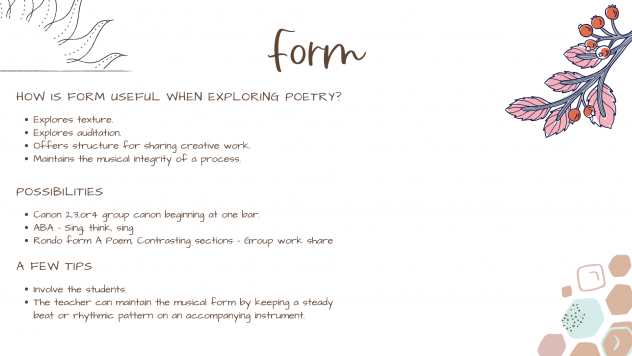
Form is the element of music I love the most. You can use it to explore texture (canon). You can use it to explore audiation (ABA – Sing think Sing). But my favorite is to use it for sharing what the students have created. (Rondo form).
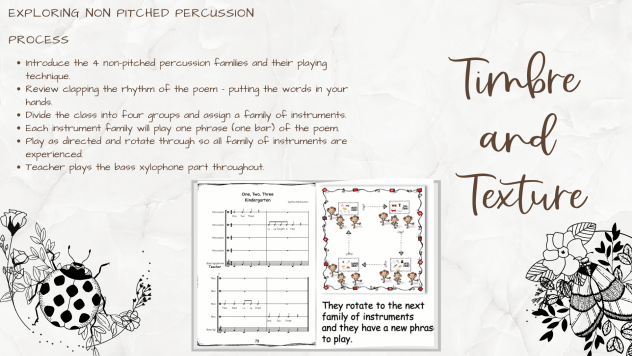
Exploring the non-pitched percussion families is so much fun with poetry. A phrase for my littles is usually 1 bar in length. You can assign a family of non-pitched percussion instruments to each phrase. You can even set it up to rotate through so everyone gets to experience all of them. SO MUCH FUN.
If you would like more specific lesson ideas, I just published a new book. Click on the picture above to go to F-Flat Books. Sarah Gulish and team, thank you for making my dream come true.
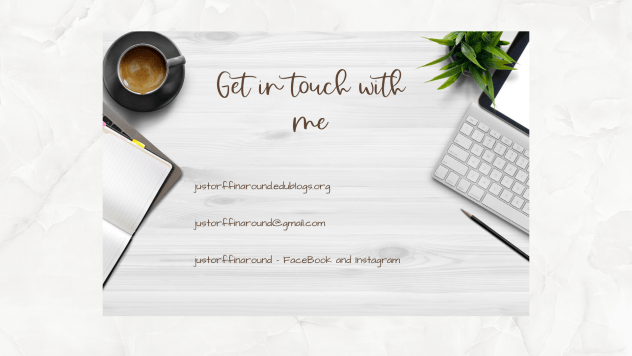
If you would like to offer feedback, you can reach Just Orffiin’ Around on Facebook, Instagram, and gmail. Don’t forget to check out the PDF visuals at the top of the blog.
Take care,
Syndi
